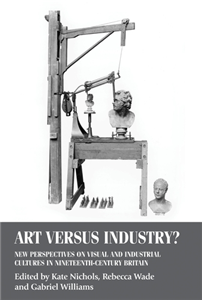GMC Publications Ltd. Guild of Master Craftsmen Publications Ltd.
Guild of Master Craftsman (GMC) Publications publish a diverse range of craft & lifestyle books aimed at all skill levels, from the absolute beginner to the professional crafts person. Beautifully produced with full-colour photographs and step-by-step illustrations throughout, often with patterns included, these books are as appealing as they are hardworking. Written by expert authors, these publications offer a wealth of information and inspiration on a broad range of specialist subjects, ranging from basic ‘how-to’ and children’s craft books, to technical guides and books on creative projects. In addition to its own publishing, GMC is the publisher of design-led and uniquely finished children’s books which combine innovative ideas with stunning illustrations, through its Button Books imprint. GMC’s Ammonite Press imprint produces illustrated reference, guide and gift books on photography, history and pop culture.
View Rights Portal























